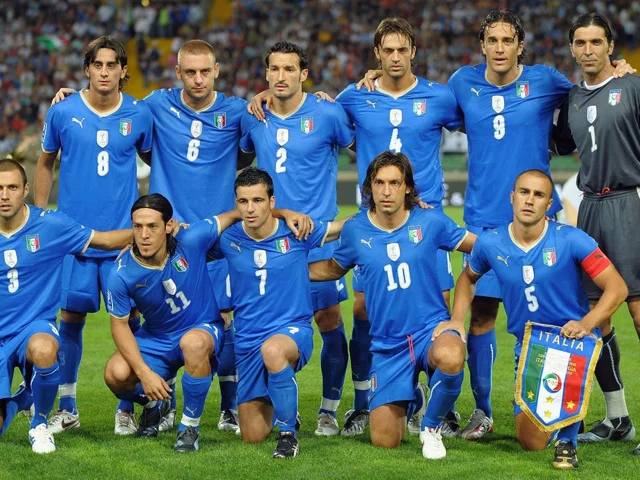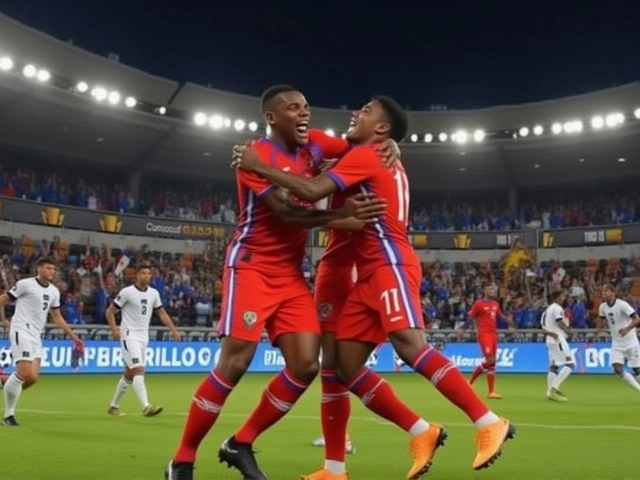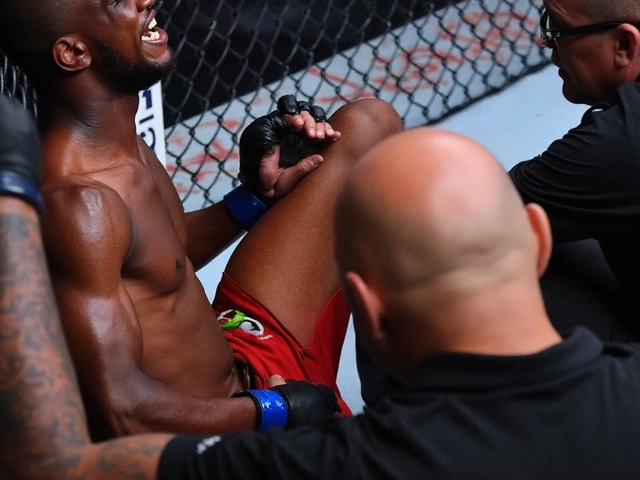Cubs' Drew Pomeranz Starts Game 5, But Brewers Edge Them 3-1
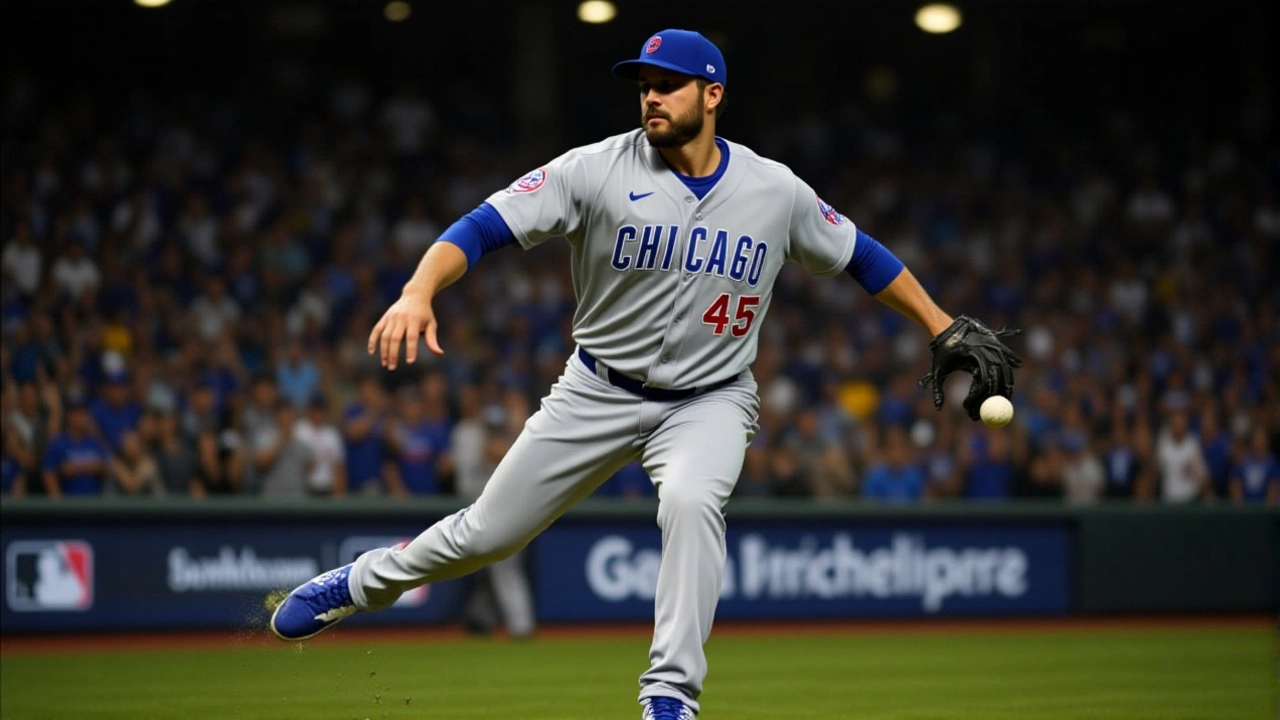
- Kieran Winchester
- 12 October 2025
- 0 Comments
When Drew Pomeranz, a left‑handed pitcher for the Chicago Cubs was handed the ball for Game 5 of the National League Division SeriesAmerican Family Field in Milwaukee, the winner‑take‑all showdown turned into a 3‑1 loss that ended Chicago’s season.
- Venue: American Family Field, Milwaukee
- Date: October 11, 2025
- Final Score: Brewers 3, Cubs 1
- Winner advances to face the Los Angeles Dodgers in the NLCS
- Pomeranz’s postseason line before Game 5: 5.0 scoreless innings, 5 K
Series Background and First‑Inning Woes
The NL Division Series between the Cubs and the Brewers had been a roller‑coaster from the opening pitch. Over the first four games, 21 of the 35 total runs were scored in the very first inning – a pattern that left both clubs scrambling for a way to shut the door early. Only Matthew Boyd managed a zero‑run first inning, and even that came in a losing effort.
Chicago entered Game 5 with a 2‑2 series tie, having split the first two contests and then trading victories in Games 3 and 4. The Cubs’ bullpen had been a bright spot, especially Drew Pomeranz, who logged three perfect innings across the series and kept the Brewers off the scoreboard in short bursts.
Why Pomeranz Got the Call
Craig Counsell, the Cubs’ manager explained the decision on Friday night: “Drew’s best trait is his really unique fastball. It doesn’t light up the radar gun, but everybody can see it. He throws it so much, hitters have a hard time squaring it up. Hitters hate stuff they don’t see a lot.” That description wasn’t just talk – the fastball has a subtle cut that makes it feel slower than it actually is, a quality that confused Milwaukee batters all season.
Pat Murphy, the Milwaukee Brewers skipper, echoed the sentiment: “He’s got the fastball that you don’t see. It’s got a little cut to it. He’s really, really good.” Murphy’s praise was personal; he coached Pomeranz during his brief 2019 stint with the Brewers, remembering the left‑hander’s two‑inning wild‑card cameo against Washington.
The strategic twist was that Pomeranz was slated as an “opener” – a one‑inning start intended to blunt the early‑inning onslaught that plagued both teams. Counsell noted on October 10 that, aside from Matt Boyd, the entire rotation was healthy, giving Chicago “11 pitchers to figure out how to get 27 outs.” The plan was to hand the bulk of the work to a cascade of relievers after the first inning.
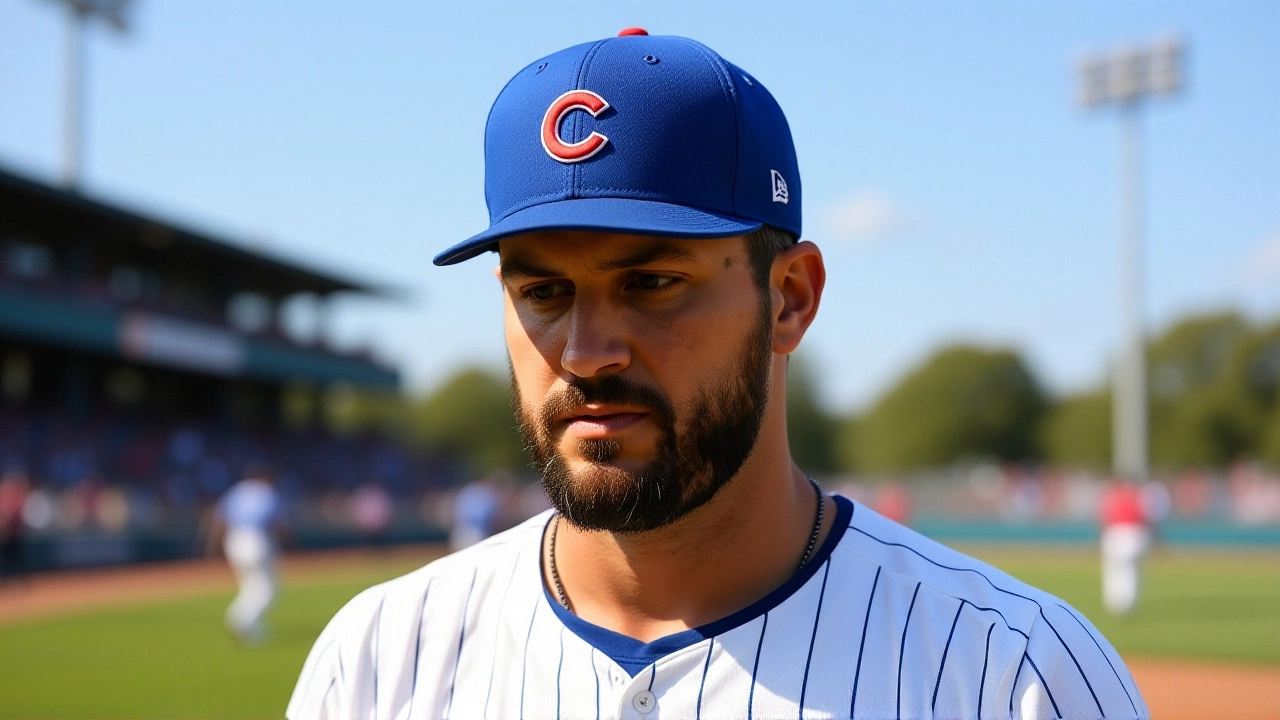
The Game Unfolds: Pitching Moves and Key Plays
In the top of the first, Pomeranz surrendered a solo homer to Brewers’ shortstop Rylan Bannon, putting Chicago behind 1‑0 almost immediately. The run was a bitter reminder that even a unique fastball can be neutralized when hitters are seeing it for the first time that night.
After that, the Cubs turned to their bullpen, deploying Hector Neris for two innings, followed by veteran right‑hander Justin Steele. Together they limited the Brewers to just two more runs – a two‑run double by third‑base prospect Hunter Renfroe in the fourth and a lone RBI sacrifice fly in the seventh.
The Brewers answered with a surprise starter: All‑Star closer Trevor Megill opened for Milwaukee, a move that mirrored Chicago’s opener strategy. Megill pitched the first two innings, allowing just one run on a solo shot by Chicago’s first‑baseman Ian Happ. Afterward, Milwaukee leaned on reliever Colin Rea, who shut down the Cubs for the remainder of the game.
By the ninth inning, the score held at 3‑1. The Cubs’ final out came on a ground‑ball double‑play from right‑fielder Ian Happ, sealing Milwaukee’s series‑winning victory.
Reactions from the Dugout and the Press
After the final out, a subdued Pomeranz addressed the media at the stadium’s press area. “It’s disappointing to come up short, especially after the way we’ve been able to fight in this series,” he said. “I’m proud of how the bullpen stepped in, and I think the guys will be ready to go next year.”
Counsell, meanwhile, remained optimistic. “We made the right call with Drew. The early run hurt, but the overall execution was solid. We’ve got a lot of pieces to build on.”
Murphy praised his own staff’s adaptability. “Using Trevor as an opener was unconventional, but it worked. The Brewers showed depth, and that’s why we’re heading to the NLCS.”
Even Megill, who never expected to start, was humble. “I just wanted to do my job, however I was used. It’s a win for the whole club.”
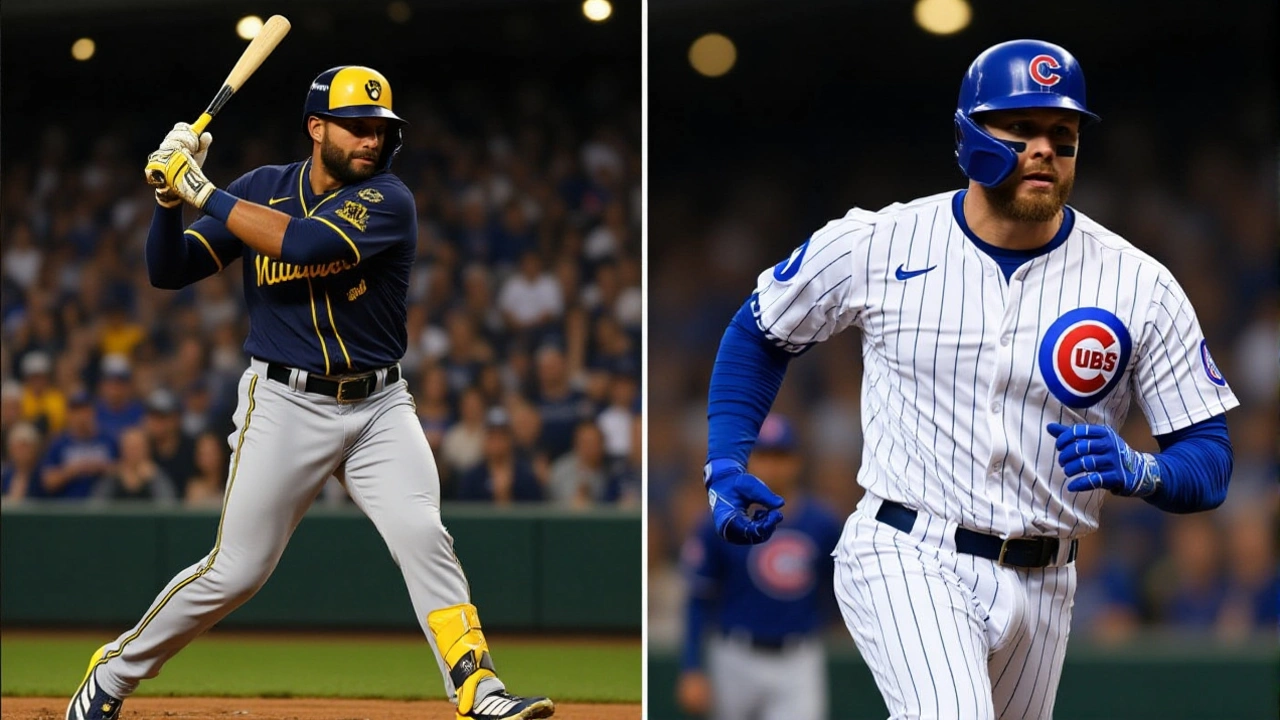
What This Means for Chicago and the Bigger Picture
The loss sends the Cubs back to Chicago with a season that, while ending earlier than the franchise hopes, offered a glimpse of resilience. Pomeranz’s comeback narrative – a journeyman who returned to the majors after injuries and a stint abroad – captured fans’ imagination all summer.
Analysts note that the opener strategy could become a regular fixture in the National League, especially for teams with deep bullpens but limited rotation depth. The Brewers’ success with Megill adds another data point for clubs considering similar experiments.
Looking ahead, the Cubs will enter the offseason with a clear roster direction: retain the bullpen that proved versatile, consider strengthening the starting rotation, and perhaps give Pomeranz a more defined role next year. For Milwaukee, the next hurdle is the NLCS showdown with the Los Angeles Dodgers, a series that will test whether the opener‑heavy approach can survive a higher‑caliber opponent.
Frequently Asked Questions
How did the opener strategy affect the Cubs' pitching staff?
By using Drew Pomeranz as a one‑inning opener, Chicago forced its bullpen to cover more innings earlier than usual. The move allowed relievers like Hector Neris and Justin Steele to pitch longer outings, which helped keep the Brewers to just two additional runs after the first inning.
Why did the Brewers start Trevor Megill instead of a traditional starter?
Milwaukee’s staff wanted to disrupt the Cubs’ game‑plan and mirror Chicago’s opener tactic. Megill’s fastball cutter and experience as a closer gave the team confidence he could handle the first two innings while preserving the rest of the staff for later, high‑leverage situations.
What does this loss mean for Drew Pomeranz’s future with the Cubs?
Although the game ended in defeat, Pomeranz’s postseason numbers (5.0 scoreless innings, five strikeouts) reinforce his value as a versatile arm. The front office is expected to keep him in the rotation or as a high‑leverage reliever for 2026, depending on offseason health assessments.
How common is it for both teams to use relievers as starters in a decisive playoff game?
While the practice gained traction during the 2023 regular season, Game 5 of this NLDS marked one of the few postseason instances where both clubs started with relievers. Analysts cite the early‑inning run surge and deeper bullpens as key drivers behind the trend.
What are the Brewers’ prospects for the NLCS against the Dodgers?
The Brewers enter the NLCS with momentum and a flexible pitching staff. Their ability to mix starters and openers could force the Dodgers to adjust their lineup early, but the Dodgers’ potent offense will test how far the opener strategy can stretch against elite hitters.
